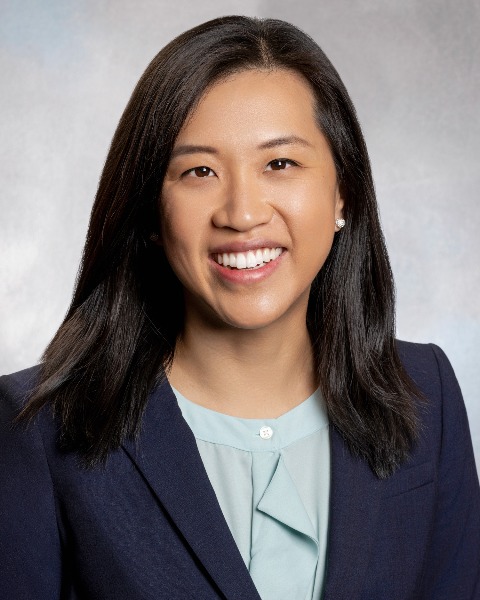Practice Management
Poster Session 3
(877) Resource Utilization in Abdominal Hysterectomy for Placenta Accreta Spectrum versus other Benign Indications

Hope Y. Yu, MD
Brigham and Women's Hospital
Boston, MA, United States
Sarah E. Miller, MD
Resident Physician
Brigham and Women's Hospital
Boston, MA, United States
Daniela A. Carusi, MD, MSCR (she/her/hers)
Associate Professor
Brigham and Women's Hospital
Boston, MA, United States
Primary Author(s)
Presenting Author(s)
Coauthor(s)
Study Design: Hysterectomies performed between 2015-2023 at a single institution were included. GYN hysterectomies included scheduled cases with procedure codes for abdominal hysterectomy (total or supracervical). Laparoscopic and robotic hysterectomies as well as those including other unrelated procedures were excluded. PAS hysterectomies included cesarean hysterectomies with pathology-confirmed PAS. Wilcoxon rank sum and Chi-squared analyses were used for continuous and categorical variables, respectively.
Results:
Three-hundred twenty-three hysterectomies were included, 147 PAS and 176 GYN. Cases of PAS comprised of 54 grade 1 (36.7%) and 93 grade 2 or above (63.3%). PAS hysterectomies were significantly more likely to require >1 attending OBGYN than GYN hysterectomies (29.9% vs 3.98%, OR 10.3 [4.48-23.8]). Compared to GYN hysterectomies (median 184 min, IQR 156, 235), attending OBGYN time in the operating room (OR) was similar when compared to all PAS hysterectomies (median 198 min, IQR 160, 240, p=0.78). However, this time was significantly greater for PAS hysterectomies grade 2 or above (median 214 min, IQR 167, 252, p=0.02) and those with placenta previa (median 222 min, IQR 192, 256, p< 0.01).
Conclusion: PAS hysterectomies are more likely to require multiple attending OBGYNs, and in cases with placenta previa or invasive PAS, longer time in the OR. As multidisciplinary delivery care is now the standard of care for PAS management, reimbursement rates for PAS hysterectomies should better reflect the resources and personnel required to care for these complex patients.

